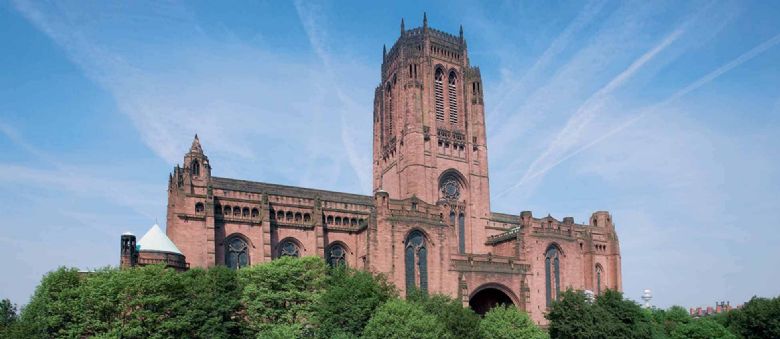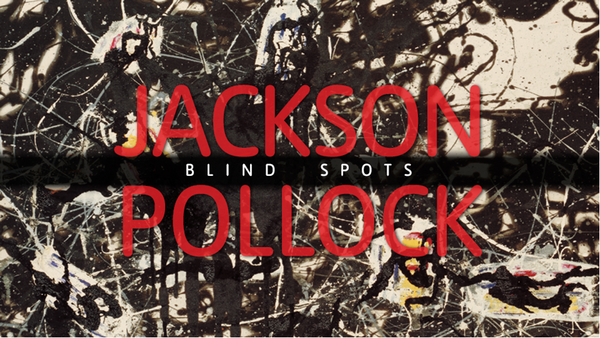Curriculum & Cultural Offer
‘Whoever neglects the arts when he is young has lost the past and is dead to the future.’ Sophocles
What is the Curriculum & Cultural Offer at St. Ann’s?
The 'Curriculum & Cultural Offer’ ensures a balance of learning experiences over the seven years a child attends our school. By the time a child leaves our school every child will have had the opportunity to participate in a minimum of fourteen ’Curriculum & Cultural’ experiences.
I believe that all children can and should benefit from receiving a wide-ranging, adventurous and creative Cultural Education. For many young people, Cultural activities form a vital part of their everyday lives. These activities are academically, physically and socially enriching, whether they take place in school or out-of-school.
(Darren Henley, 2012)

A Broad Cultural Education for All
Schools remain the single most important place where children learn about Cultural Education. This takes the form of structured curriculum lessons in subjects such as history, English literature, art and design, design technology, drama, dance and music, alongside programmes of after school activities for children who wish to pursue a passion for a particular art form.
The best performing schools bring Cultural Education practitioners into schools, alongside classroom teachers, to share their knowledge with pupils. These include artists, designers, historians, writers, poets, actors, musicians, curators, archivists, film-makers, dancers, librarians, architects and digital arts practitioners.
Children should expect to be given a rich menu of cultural experiences.
(The Importance of Teaching the Schools White Paper, 2010)

A Case for a Cultural Education
At its best, a sound Cultural Education should allow children to gain knowledge through the learning of facts; understanding through the development of their critical faculties and skills through the opportunity to practise specific art forms. Involvement with cultural activities, whether as an active participant (creating a piece of art or craft, reading a book, making a short film) or actively experiencing an event or place (visiting a heritage site, gallery or museum, seeing how a building works, watching a music, dance, or film performance) can be habit-forming for the rest of a young person’s life.
Participation in structured arts activities improves young people's cognitive abilities... Participation of young people in such activities could increase their cognitive ability test scores by 16% and 19%, on average, above that of non-participants (all other things being equal)
(Understanding the impact of Engagement of Cultural and Sport, 2010)

In line with Darren Henley’s report, we believe that by the age of seven years old, children should have:
- Regularly taken part in different cultural activities, such as reading books and story-telling, arts and crafts, making short animations, singing, music-making and dance.
- They should also have been given the opportunity to visit age appropriate events and venues, such as a theatre, cinema, concert
- Been on visits at each Key Stage to cultural institutions and venues, which might include a museum, a theatre, a gallery, a heritage site and a cinema.
- Become a regular user of a library.
- Regularly read books for pleasure, rather than only as part of their schoolwork.
- Been encouraged to use digital technology as a means of accessing and gaining a deeper understanding of great culture.
- Taken part in the making (writing, acting, shooting, editing) of a short film.
- Had the opportunity to gain a qualification through the Junior Arts Award.
- Received the support necessary to take an interest or passion further.
- Been made aware of the other activities and resources available to them in their local area.
- Been able to join a lunchtime or after school club to continue their interests.
There should be a minimum level of Cultural Education that a child should expect to receive during his or her schooling as a whole. For children to leave full-time education without having engaged in the spectrum of Cultural Education....would be a failure of a system which sets out to create young people who are not only academically able, but also have a fully-rounded appreciation of the world around them.
(Darren Henley, 2012)
By the time a child is eleven years old, we believe children should have enjoyed a high-quality curriculum offer which includes:
- The opportunity to gain knowledge about Cultural Education subjects and also to explore their own creativity.
- The chance to create, to design, to devise, to compose and to choreograph their own work in collaboration with their classmates.
- The experience of creating work by themselves, such as writing a story, poem or play text.
- Presenting, displaying and performing to a range of audiences.
- Using arts-specific vocabulary to respond to, evaluate, explain, analyse, question and critique their own and other people’s artistic works.
- Learning about the application of the latest technology to help them to access culture.
- Been encouraged to be adventurous in their choices about cultural activities, by learning about literature, films, visual arts, crafts, heritage, music and dance that is beyond the scope of their normal everyday engagement.
- Learned about the people who have created or are creating art forms. They will also have gained knowledge about the historical development of those art forms.
- Had the chance to learn a musical instrument.
- Regularly taken part in singing.
- Taken part in dramatic performances.
- Taken part in workshops with professional artists, craftsmen, architects, musicians, archivists, curators, dancers, film-makers, poets, authors or actors.


